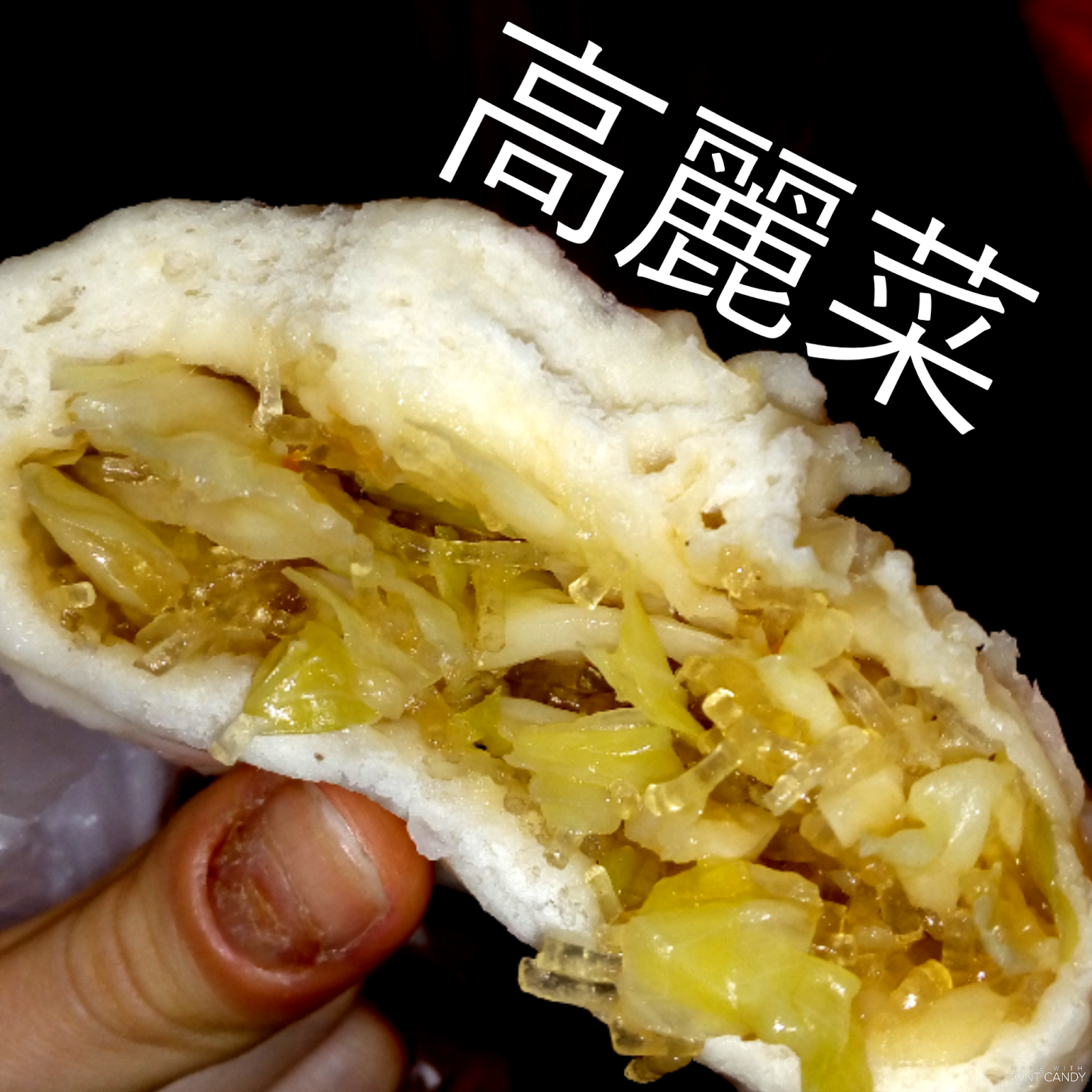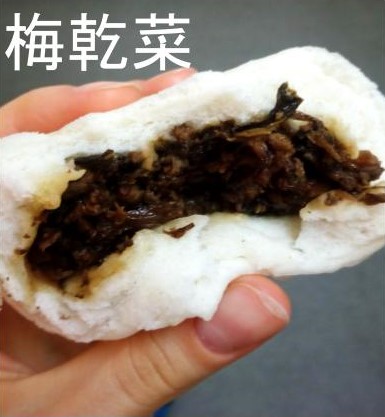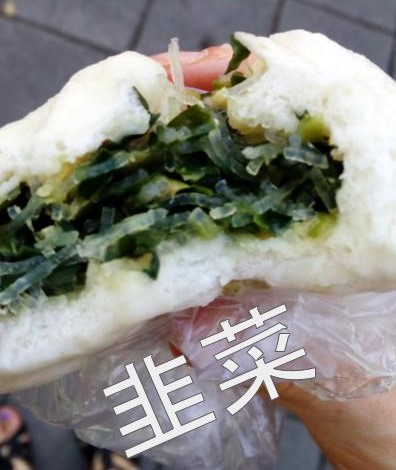Buns (包子) at 泰山包子



My friend and I called the older couple who own this shop our “bun parents”. We went almost every day. Close, convenient, and cheap (17-18 NTD a bun!). It’s very close to Guoqing too, which is a plus. Service is also really quick. You just go up, say what bun you want, and within 10 seconds you will have a fresh steaming bun in your hands; great when you need to rush to class!
Most buns you find around the campus are not fresh, but frozen mass produced ones that are reheated by the cafeterias that serve them. These, on the other hand, are hand made and you can see the husband in action making them. Only down side, it is an all Chinese menu. But don’t worry, I have pictures and a translated menu so you can experience the amazingness of these 包子.
On the left side of the red line in the middle are options with meat/animal products. To the right are vegetarian options. It is the first bun store I have seen in Taipei that does this. So it is vegetarian friendly to boot!
I will list the flavors from left to right and the pinyin on how to pronounce them (it you don’t know Mandarin, you can just point!)…
1. 鮮肉湯 (xiānròu tāng): directly translated “fresh meat soup bun” This bun is filled with juicy flavorful pork. Be careful though when biting into it; it’s quite juicy (thus the “soup” part)
2. 香菇脆筍 (xiānggū cuìsǔn): a pork bun mixed with mushrooms and bamboo shoots. A little less heavy than the Xiānròutāng bun with some vegetables mixed in; but still mostly pork.
3. 梅乾菜 (méigāncài): my personal favorite. Méigāncài is a type of preserved vegetable with no real translation into English. This bun has small amounts of pork and pork fat mixed in it, but is mostly vegetable.
4. 核桃芝麻 (hétáo zhīma): walnuts with sesame paste for those who like a more nutty taste.
5.韭菜 (jiǔcài): another one of my favorites. Jiǔcài is chive; a vegetable with a garlicky kick. It is mixed with mini rice noodles, bits of egg, and mini baby shrimp for a slight seafood aroma.
6. 高麗菜 (gāolí cài): simple cabbage and carrot mix with mini rice noodles. Good for vegetarians who want a savory option.
7. 豆沙 (dòushā): filled with sweet red bean paste
8. 芋頭 (yùtou): filled with sweet taro.
9. 饅頭 (mántou): this is a plain steamed bun with no filling.
No comments:
Post a Comment